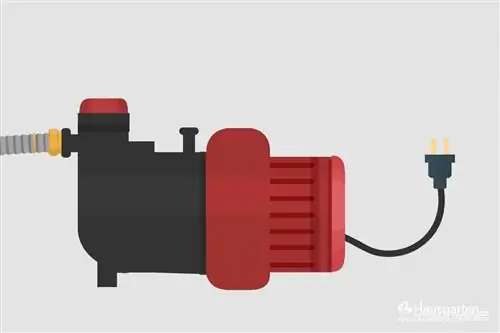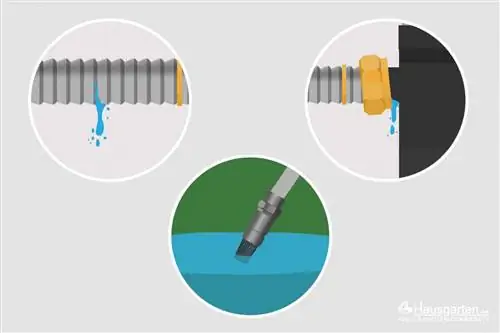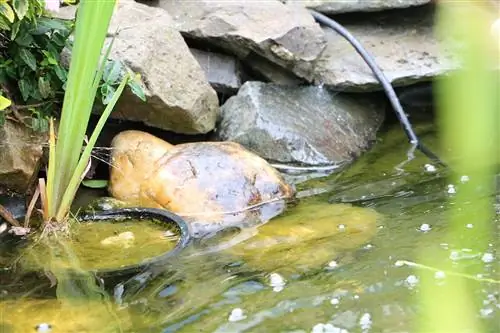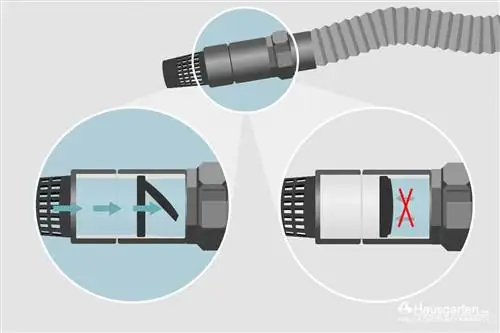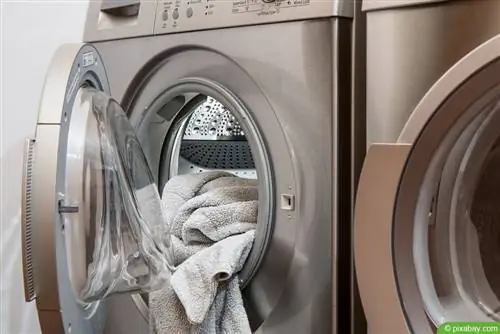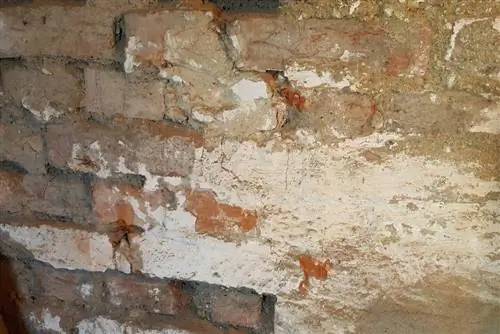- Author admin [email protected].
- Public 2023-12-17 03:39.
- Last modified 2025-01-24 12:45.
If the garden pump draws air instead of water, its function is significantly restricted. However, the problem can often be solved comparatively easily. Our instructions provide information.
Incorrectly positioned hose
The simplest cause of the garden pump drawing air instead of water is an incorrectly positioned suction hose. If this is too close to the surface in the water, even a slight movement can be enough to prevent just water from getting into the pipes. Air bubbles can also be sucked into the pump and thus affect performance and function.
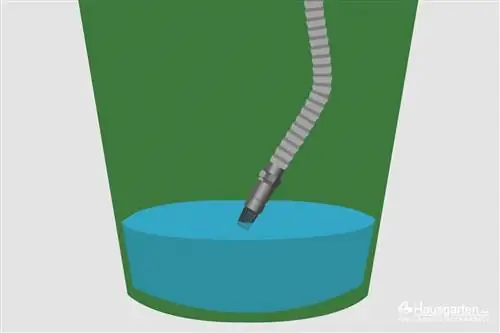
If the water column is incorrect for the device's performance, this can also result in a loss of function and air being sucked in. Especially if the garden pumps are not self-priming, even a few air bubbles can be enough to disable the device. In any case, two actions are required.
- Bleeding the garden pump
- Check the water column and adjust if necessary
- Hang the hose deep enough into the water and secure it if necessary
Note:
The garden pump should be bled at least once a year as part of regular maintenance. Even under optimal conditions, air bubbles can still appear in the pump over time.
Leaky connections
All other components should also be checked during the annual inspection. These include:
- Connections
- Seals
- Valves
- Screws and nuts
The connections and other elements may need to be screwed tight or replaced. To check it is necessary to first drain all the water, tighten the nuts and remove any rust that may be present.
Tip:
Just like when bleeding, the garden pump must be disconnected from the power supply and switched off to check the connections and other elements. You should also pay attention to the manufacturer’s information.
Damaged hoses

Cracks, holes or material that is porous due to age can not only reduce the necessary pressure. Air can also enter the pump circuit through them. During annual maintenance, all lines and hoses should be checked for possible damage. By submerging the hoses under water and passing air through them, major damage is immediately noticeable due to rising air bubbles. As air is blown through the hoses, the lines should also be moved and bent. This can also cause smaller cracks or porous sections to become noticeable.
Broken valves
Depending on the type and model of the pump, the foot valve or the check valve, for example, may be damaged. These components should therefore also be regularly checked for functionality. If they are defective, it is difficult to suck in water and air can get into the garden pump. However, there does not have to be a defect. The valves can also be dirty or blocked, for example by algae, deposits or coarse dirt particles. It may therefore be sufficient to clean the valves and then check their functionality.

